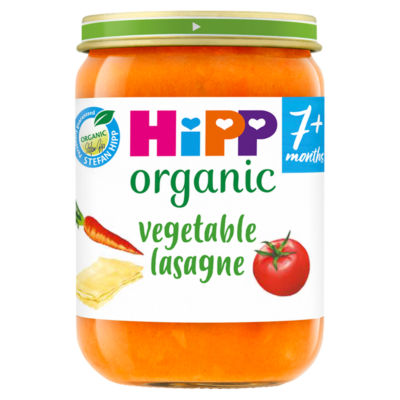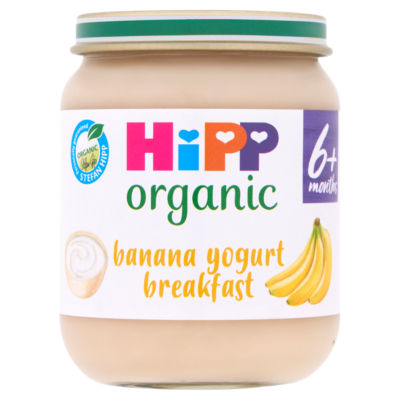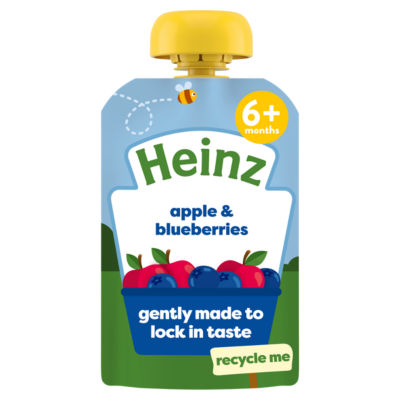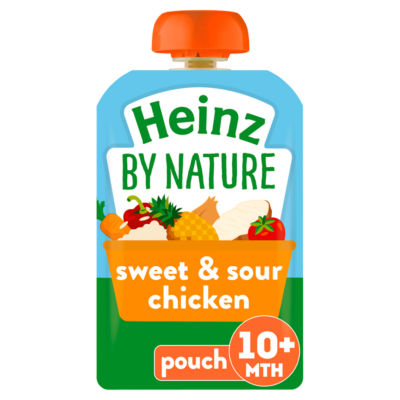Are you looking for some baby and toddler meal ideas in the UK? Whether you are just starting to introduce solid foods to your little one, or you want to spice up your toddler’s menu, we have some suggestions for you. These meal ideas are based on the NHS guidelines for healthy eating for babies and toddlers, and they are easy to prepare and delicious to eat. Here are some of our favourite baby and toddler meal ideas:
Breakfast
Unsweetened porridge or lower-sugar cereal mixed with whole milk and topped with fruit, such as mashed ripe pear or banana. This is a great way to start the day with some fibre, calcium and vitamin C.
Wholewheat biscuit cereal (choose lower-sugar options) with whole milk and fruit. You can also add some unsweetened stewed apples with plain, unsweetened yoghurt for extra flavour and texture.
Toast fingers with mashed banana and smooth peanut butter (if possible, choose unsalted and no added sugar varieties). This is a yummy combination of carbohydrates, protein and healthy fats that will keep your child satisfied until lunchtime. You can also serve this with some slices of tomato, banana or ripe peach for more vitamins and minerals.
Toast fingers with a hard-boiled egg and slices of tomato. Eggs are a good source of protein, iron and vitamin B12, and tomatoes are rich in vitamin C and lycopene, an antioxidant that may protect against some cancers.
Toast or muffin fingers with scrambled egg and slices of tomato. You can also add some cheese or ham to the scrambled egg for more flavour and variety.
Lunch
Lamb curry with rice. Lamb is a good source of iron, zinc and vitamin B12, which are important for your child’s growth and development. You can make the curry mild or spicy depending on your child’s preference, and add some vegetables like cauliflower, carrots or peas for more nutrients. Rice is a good source of carbohydrates and energy.
Cauliflower cheese with cooked pasta pieces. Cauliflower is a cruciferous vegetable that contains compounds that may help prevent some cancers. Cheese is a good source of calcium, protein and vitamin A, which are essential for your child’s bones, teeth and eyesight. Pasta is a good source of carbohydrates and energy.
Baked beans (reduced salt and sugar) with toast. Baked beans are a good source of protein, fibre and folate, which are important for your child’s digestion and blood formation. Toast is a good source of carbohydrates and energy. You can also add some cheese or ham to the toast for more flavour and variety.
Scrambled egg with toast, chapatti or pitta bread served with vegetable finger foods. Scrambled egg is a good source of protein, iron and vitamin B12, which are important for your child’s growth and development. Toast, chapatti or pitta bread are good sources of carbohydrates and energy. Vegetable finger foods like broccoli florets, carrot sticks or cucumber sticks are good sources of vitamins, minerals and fibre.
Cottage cheese (full-fat) dip with pitta bread, cucumber and carrot sticks. Cottage cheese is a good source of calcium, protein and vitamin A, which are essential for your child’s bones, teeth and eyesight. Pitta bread is a good source of carbohydrates and energy. Cucumber and carrot sticks are good sources of vitamins, minerals and fibre.
Dinner
Mashed sweet potato with chickpeas and cauliflower. Sweet potato is a good source of beta-carotene, which is converted into vitamin A in the body. Vitamin A is essential for your child’s eyesight, skin health and immune system. Chickpeas are a good source of protein, fibre and folate, which are important for your child’s digestion and blood formation. Cauliflower is a cruciferous vegetable that contains compounds that may help prevent some cancers.
Shepherd’s pie (made with beef or lamb and/or lentils or vegetarian mince) with green vegetables. Shepherd’s pie is a classic British dish that can be made with meat or vegetarian alternatives. Meat is a good source of protein, iron, zinc and vitamin B12, which are important for your child’s growth and development. Lentils or vegetarian mince are good sources of protein, fibre and folate, which is important for your digestion and blood formation. Green vegetables like peas, broccoli or spinach are good sources of vitamins, minerals and fibre.
Rice and mashed peas with courgette sticks. Rice is a good source of carbohydrates and energy. Peas are a good source of protein, fibre and folate, which are important for your digestion and blood formation. Courgette sticks are a good source of vitamins, minerals and fibre.
Minced chicken and vegetable casserole with mashed potato.
Minced chicken is a good source of protein, iron and vitamin B12, which are important for your child’s growth and development. Vegetable casserole
is a good way to use up any leftover vegetables and add more nutrients
to your child’s meal. Mashed potato is a good source of carbohydrates
and energy.
Mashed canned salmon with couscous and peas.
Canned salmon is a good source of omega-3 fatty acids, which are essential for your child’s brain and eye development. Couscous is a good source of carbohydrates and energy. Peas are a good source of protein, fibre and folate,
which are important for your child’s digestion and blood formation.
Fish poached in milk with potato, broccoli and carrot.
Fish poached in milk is a simple and tasty way to cook fish, which is a good source of protein,omega-3 fatty acids, iodine and vitamin D, which are essential for your child’s brain, eye, thyroid and bone health. Potato is a good source of carbohydrates
and energy. Broccoli and carrots are good sources of vitamins, minerals and fibre.
Snacks
Soft-cooked vegetables, such as broccoli, cauliflower, courgette, parsnip and sweet potato. These are good sources of vitamins, minerals and fibre, and they can help your child get used to different textures and flavours.
Carrot or cucumber sticks and avocado. These are good sources of vitamins, minerals and fibre, and avocado is also a good source of healthy fats and vitamin E, which are important for your child’s skin health and immune system.
Fresh fruits, such as apples (soft-cooked if needed), bananas or soft, ripe peeled pear or peach. These are good sources of vitamins, minerals and fibre, and they can help your child get used to different textures and flavours. You can also add some plain, unsweetened yoghurt for extra calcium and protein.
Toast, pitta or chapatti fingers. These are good sources of carbohydrates and energy, and they can help your child practice their chewing skills. You can also spread some smooth peanut butter (if possible, choose unsalted and no added sugar varieties) or cream cheese (full-fat) for extra flavour and nutrients.
Unsalted and unsweetened rice or corn cakes. These are good sources of carbohydrates and energy, and they can help your child practice their chewing skills. You can also top them with some mashed banana or smooth peanut butter (if possible, choose unsalted and no added sugar varieties) for extra flavour and nutrients.
Strips of meat without bones, such as chicken and lamb. These are good sources of protein, iron, zinc and vitamin B12, which are important for your child’s growth and development. You can also serve them with some tomato sauce (choose lower-sugar options) or hummus (full-fat) for extra flavour and nutrients.
Cheese on toast fingers, made with full-fat cheese, and cucumber. Cheese is a good source of calcium, protein and vitamin A, which are essential for your child’s bones, teeth and eyesight. Toast is a good source of carbohydrates and energy. Cucumber is a good source of vitamins, minerals and fibre.
Hard-boiled eggs or omelette fingers. Eggs are a good source of protein, iron and vitamin B12, which are important for your child’s growth and development. You can also add some cheese or ham to the omelette for more flavour and variety.
Happy cooking!













